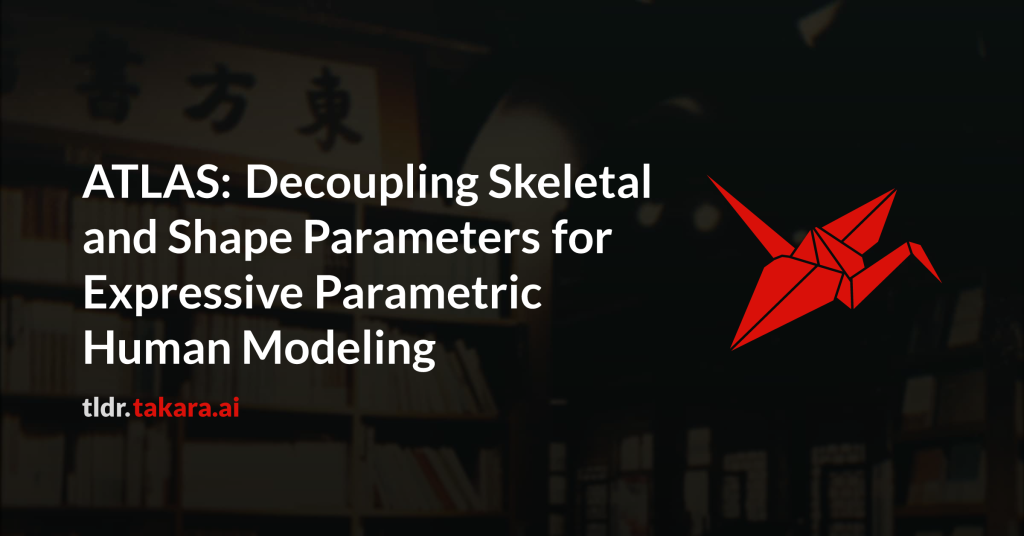Parametric body models offer expressive 3D representation of humans across a
wide range of poses, shapes, and facial expressions, typically derived by
learning a basis over registered 3D meshes. However, existing human mesh
modeling approaches struggle to capture detailed variations across diverse body
poses and shapes, largely due to limited training data diversity and
restrictive modeling assumptions. Moreover, the common paradigm first optimizes
the external body surface using a linear basis, then regresses internal
skeletal joints from surface vertices. This approach introduces problematic
dependencies between internal skeleton and outer soft tissue, limiting direct
control over body height and bone lengths. To address these issues, we present
ATLAS, a high-fidelity body model learned from 600k high-resolution scans
captured using 240 synchronized cameras. Unlike previous methods, we explicitly
decouple the shape and skeleton bases by grounding our mesh representation in
the human skeleton. This decoupling enables enhanced shape expressivity,
fine-grained customization of body attributes, and keypoint fitting independent
of external soft-tissue characteristics. ATLAS outperforms existing methods by
fitting unseen subjects in diverse poses more accurately, and quantitative
evaluations show that our non-linear pose correctives more effectively capture
complex poses compared to linear models.

